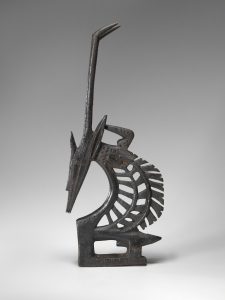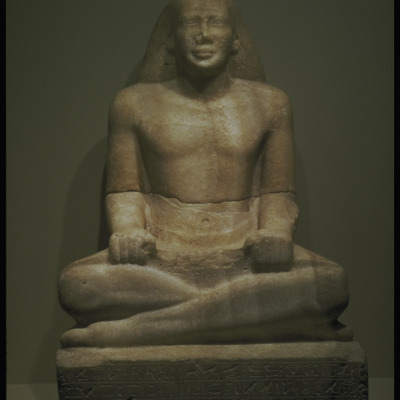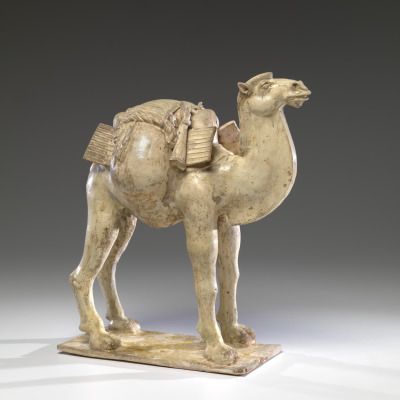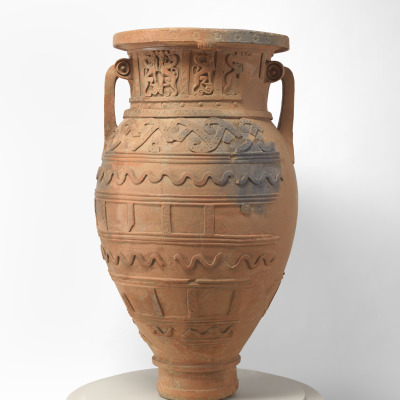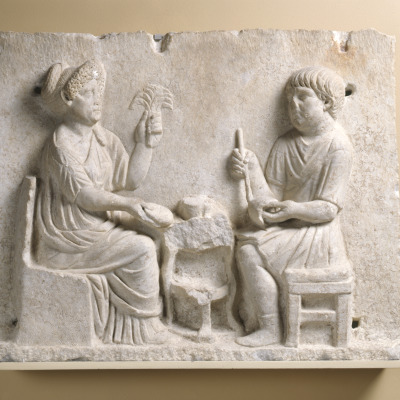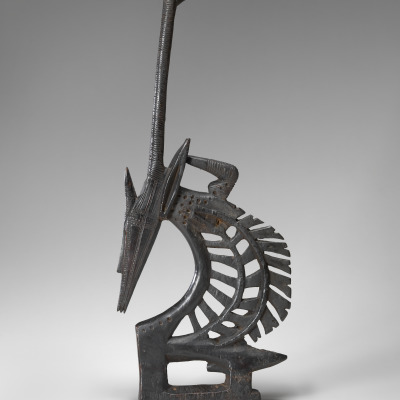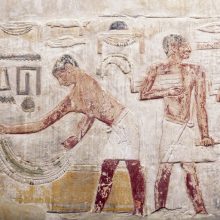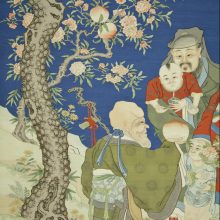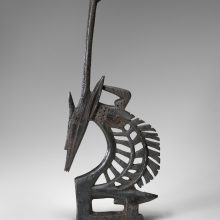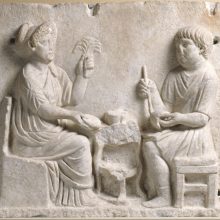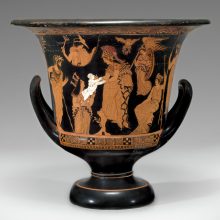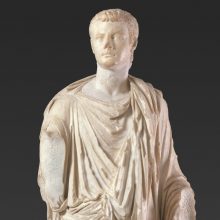The ancient Egyptians developed their own writing system by creating more than seven hundred hieroglyphs! Each hieroglyph was a symbol for a different sound, word, or concept.
Scribes, who recorded the important business of Egypt, were some of the few people who could read and write. They attended a special school to learn how to use hieroglyphs, and their skills and position were passed down to the next generation.
Scribes like VMFA’s Sema-Tawy-Tefnakht were often depicted in ancient Egyptian art sitting cross-legged and holding a writing board. The hieroglyphs on our scribe’s base tell us about him and his job: “The Herald of the King in all his Places, The one who surrounds the king and speaks to him when he is alone, the overseer of the secrets of the King in all of his places, who loves the king, who is beloved by the king.” The hieroglyphs on his shoulders contain the name of the king who employed Sema-Tawy-Tefnakht. The pharaoh is most commonly known as Psamtik I.
